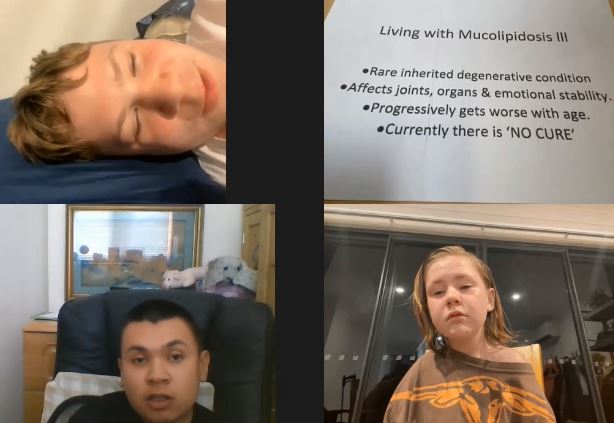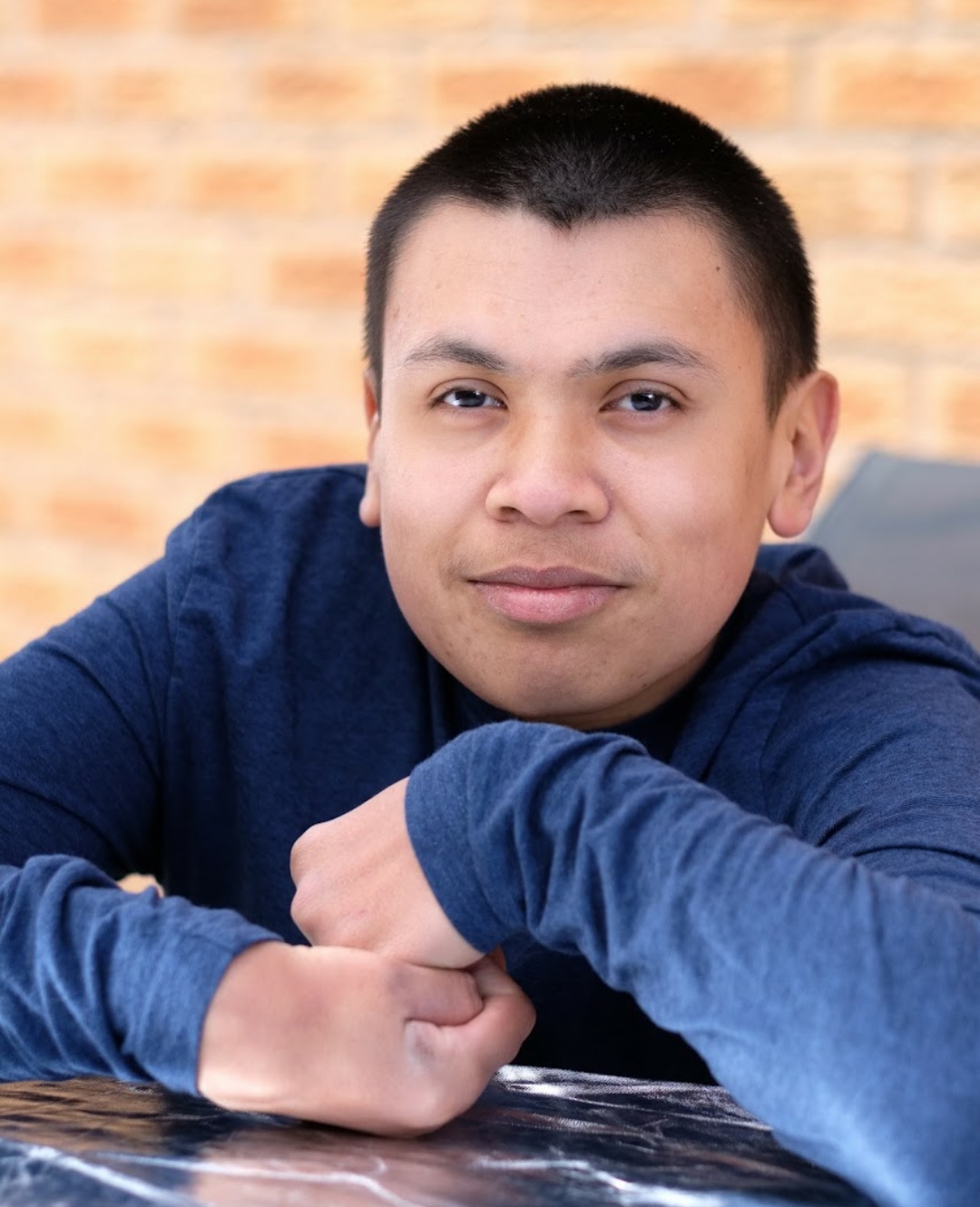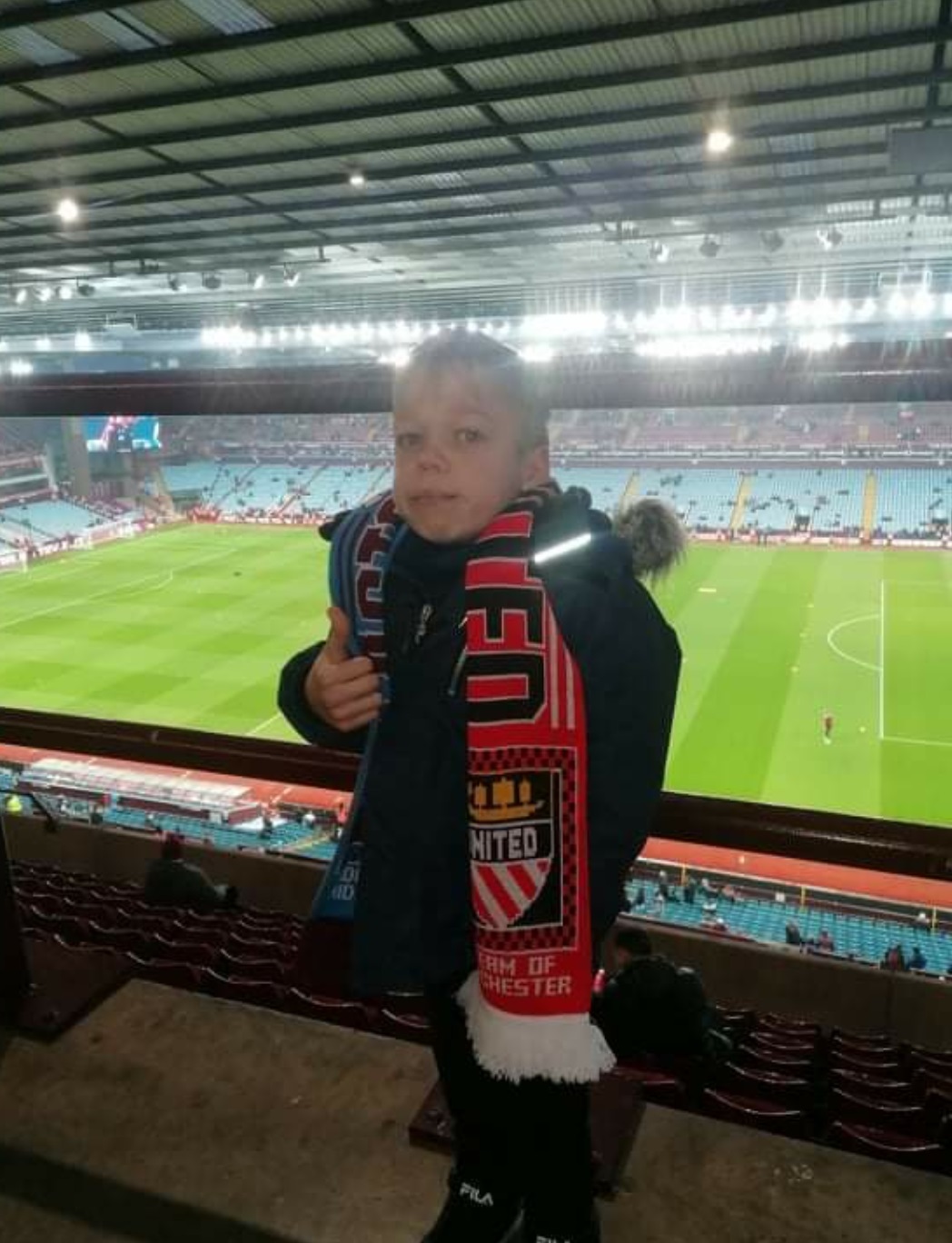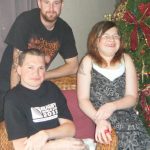Mucolipidosis III alpha/beta results from a deficiency of the enzyme N-acetylglucosamine-1-phosphotransferase. Just as luggage in an airport is tagged to direct it to the correct destination, enzymes are often “tagged”. In Mucolipidosis III alpha/beta, the deficient enzyme is supposed to tag other enzymes (activator proteins) so that they can initiate certain metabolic processes in the cell. Because the activator proteins are not properly tagged, they escape into spaces outside the cell and therefore cannot do their usual work of breaking down substances inside the cells.
Mucolipidosis III alpha/beta is a slowly progressive disorder that affects many parts of the body. Signs and symptoms of this condition typically appear around age 3 or 4, but some children are not diagnosed until later on in life.
Individuals with mucolipidosis III alpha/beta grow slowly and have short stature. They also have stiff joints and dysostosis multiplex, which refers to multiple skeletal abnormalities seen on x-ray. Many affected individuals develop low bone mineral density (osteoporosis), which weakens the bones and makes them prone to fracture. Osteoporosis and progressive joint problems also cause bone pain that becomes more severe over time in people with mucolipidosis III alpha/beta.
The A to Z of Mucolipidosis III:
Management. Treatment of manifestations: Low-impact physical therapy is usually well tolerated. Myringotomy tube placement should be used with caution in the treatment of recurrent ear infections. Carpal tunnel signs may require tendon release. In late childhood or early adolescence relief of hip pain following exercise becomes important; in older adolescents and adults with milder phenotypic variants, bilateral hip replacement has been successful. Later in the disease course management focuses on relief of general bone pain associated with osteoporosis, which has responded in a few individuals to monthly IV administration of the bisphosphonate pamidronate.
Prevention of secondary complications: Because of concerns about airway management, surgical intervention should be undertaken only in tertiary care settings with pediatric anesthesiologists.
Mucolipidosis III alpha/beta is a rare disorder, although its exact prevalence is unknown. It is estimated to occur in about 1 in 100,000 to 400,000 individuals worldwide.
At present there is no therapy for Mucolipidosis III alpha/beta. Many of the complications can be well managed by surgical procedures. Secondary Metabolic bone disease can be well managed with Pamidronate. See medical papers below.
Medical and Research Information
- • Mucolipidosis review by Dr. Richard Steet. Prepared in 2016 and updated 2018 – Review here
- • GeneReviews: Gives good descriptions of genetic diseases. Information is comprehensive, and access is free to all users.
- • Genetics Home Reference: This has an excellent description of Mucolipidosis III alpha/beta with good reference to other information and resources.
- • GeneTests: A list of laboratories testing for Mucolipidosis.
- • Clinical Trials: A registry of federally and privately supported clinical trials conducted in the United States and around the world. This site gives you information about the trial’s purpose, who may participate and the locations
- • Orphanet: A database dedicated to information on rare diseases and orphan drugs. Access is free of charge.
- • OMIM: Has technical information about the genetics of this disorder . It is a site developed for scientists and medical specialists and contains both general and highly technical information. Access to this site is free.
- • Genetic and Rare Diseases Information Center (GARD): A collaborative effort of two agencies of the National Institutes of Health, The Office of Rare Diseases Research (ORDR) and the National Human Genome Research Institute (NHGRI) to help people find useful information about genetic conditions and rare diseases.
Medical papers
- • The natural history and osteodystrophy of mucolipidosis types II and III
- • The osteodystrophy of mucolipidosis type III and the effects of intravenous pamidronate treatment
- • Pamidronate infusion guidelines for mucolipidosis
- • Molecular order in Mucolipidosis II and III Nomenclature
Patient Support Groups
- • ISMRD: The International Advocate for Glycoprotein Storage Diseases
- • ISMRD’s Facebook page; this is a closed group and is for families only
- • ISMRD’s public Facebook Page.
- • Various MPS societies around the world also support Mucolipidosis III
 Meet three young ML III patients (Sam, Jesse-Rose and Damian) and their thoughts on how they live, what health problems they have, fears, desires… It is very unlikely that their story and thinking will not touch you.
Meet three young ML III patients (Sam, Jesse-Rose and Damian) and their thoughts on how they live, what health problems they have, fears, desires… It is very unlikely that their story and thinking will not touch you.
Rare Disease Day 2022 – Living With ML III

I’m Sam and I was diagnosed with ML when I was about 6/7.
As I went through my teenage years my health steadily began to deteriorate. I attended numerous hospital appointments for X rays, scans, physio, psychological assessments for school etc. ML affects most joints and organs of my body.
By the time I was 15, I’d had carpal tunnel, 8 Plates, dental surgery and two full hip and socket replacements with more surgery to follow as the condition deteriorates with age.
I’m 19 now and live a fairly independent life living with my family. I’m a full-time wheelchair user and I travel independently on public transport. I volunteer at the National Football Museum, Lowry theatre and with a Special Needs Sports group.
Although I’m quite happy and content, I wouldn’t wish this disease on anyone. I have missed out on so much that my friends are able to do, but I’m not bitter. We need to promote awareness of rare diseases and try to find a cure and therapies to help us.
His mother Shirley describes one event from everyday life:
One day we went out for some fresh air to a park we’ve been going to for years. There was a very tall slide in the playground, probably three sections/platforms high. Sam said he had climbed to the top many times when he was younger, but now he wouldn’t get past the first rung. I asked if he felt sad or bitter about the memory? He said ‘No’ it’s just the way things turned out.

I’m Matas and I was born in 2010 in Lithuania. At 2 ½ years of age, I was diagnosed with ML ll/lll.
After this I had regular hospital appointments. This diagnosis was a shock to the family, as they had never thought that there was something wrong till then. It was especially difficult because there was so little information and no cure.
I’m very cheerful, friendly, curious and careful. I have a little brother and a dog and I love them both very much.
Despite moving difficulties, I like to play table tennis and football. ML ll/lll mainly affects my bones, muscles, lungs and other organs. I might be shorter in height than others but they say I have a very big heart and that I’m very strong as well.
I like to say “Don’t worry, such is life”.
My family loves me to the moon and back and I’m very happy to have them. ![]()

Jenny Noble, from Tauranga New Zealand recounts their family’s experience with Mucolipidosis III alpha/beta, and details the dramatic improvements to Hayden and Sarah’s health and quality of life, following a trial of Pamidronate to treat the secondary bone disease that became such a significant problem in their teenage years.
Read about Hayden and Sarah’s journey with Mucolipidosis

Juanita talks about Damian and Jesse-Rose’s journey to diagnosis and beyond. She also says, If anyone asks me emotionally how we have been going, I let them know we are positive and doing what we can to make the kids lives easier. It’s hard to say out loud that there are times when I feel devastated, times when I feel like I could fall into a dark pit and never come out again. There are many times when I feel powerless in changing anything, so I pray! I pray that we find at the very least a treatment that means they have minimal pain, that they can have functioning useful lives and contribute to society. I pray mostly that we find a cure.
Whatever our journey is, it will be one that is perhaps more heartfelt and precious than it might have been prior to receiving this diagnosis.
